Sandisk launches WD Blue SN5100 SSD, touting 30% higher performance than predecessor — PCIe 4.0 DRAM-less drives start at $54
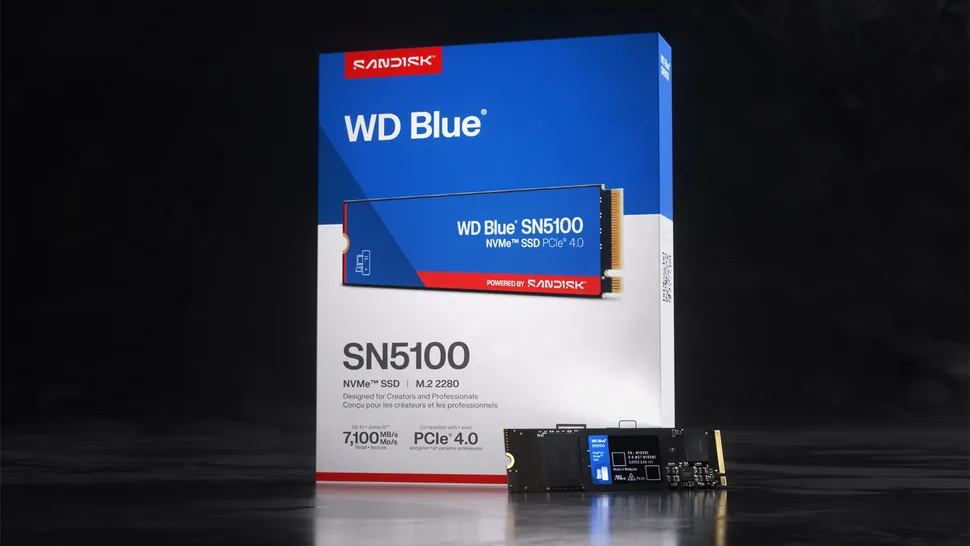
Sandisk has announced the release of the WD Blue SN5100, the successor to the WD Blue SN5000, which was introduced last year. The newest SN5100 is still a PCIe 4.0 drive, but it incorporates updated hardware that Sandisk says provides performance enhancements of up to 30% compared to its predecessor.
The recipe for the SN5100 closely resembles that of the previous SN5000. Sandisk integrates its proprietary PCIe 4.0 SSD controller with Sandisk NAND in a design that is devoid of DRAM. While the SN500 incorporates 112-layer BiCS5 TLC NAND (with a 162-layer BiCS6 QLC variant on the 4TB model), Sandisk adopts a differing strategy with the SN5100, employing QLC across the board. As a result, the SN5100 utilizes Sandisk BiCS8 QLC NAND.
The SN5100 further utilizes Sandisk's latest nCache 4.0 technology to achieve higher performance and power efficiency. nCache 4.0 is a dynamic SLC management system that efficiently writes data at high speeds to SLC blocks before transferring them to QLC during periods of inactivity. It's the same technology that's available on the latest WD Black SN8100 flagship model.
WD Blue SN5100 Specifications
Capacity | MSRP | Sequential Read (MB/s) | Sequential Write (MB/s) | Random Read (IOPS) | Random Write (IOPS) | Read Power (W) | Endurance (TBW) |
|---|---|---|---|---|---|---|---|
4TB | $299.99 | 6,900 | 6,700 | 900,000 | 1,100,000 | 4.3 | 1,200 |
2TB | $149.99 | 7,100 | 6,700 | 1,000,000 | 1,300,000 | 4.1 | 900 |
1TB | $79.99 | 7,100 | 6,700 | 1,000,000 | 1,300,000 | 3.9 | 600 |
500GB | $54.99 | 6,600 | 5,600 | 660,000 | 1,100,000 | 3.8 | 300 |
The SN5100 sticks to the popular M.2 2280 form factor and single-sided design. The latter ensures that the SSD fits on both desktop and mobile platforms. Sandisk will continue to offer the SN5100 to consumers in four capacities: 500GB, 1TB, 2TB, and 4TB.
When it comes to performance, on paper, the SN5100 delivers sequential read and write speeds up to 7,100 MB/s and 6,700 MB/s, respectively, on the 1TB and 2TB models. The other capacities feature slightly slower performance. Compared to the SN5000, the SN5100 has up to 29% higher sequential read speeds and 34% higher sequential write speeds.
Logically, the random performance also gets an uplift. Random read and write speeds on the SN5100 go up to 1 million and 1.3 million IOPS, respectively. That's up to 37% higher random reads and up to 44% higher random writes compared to the SN5000.
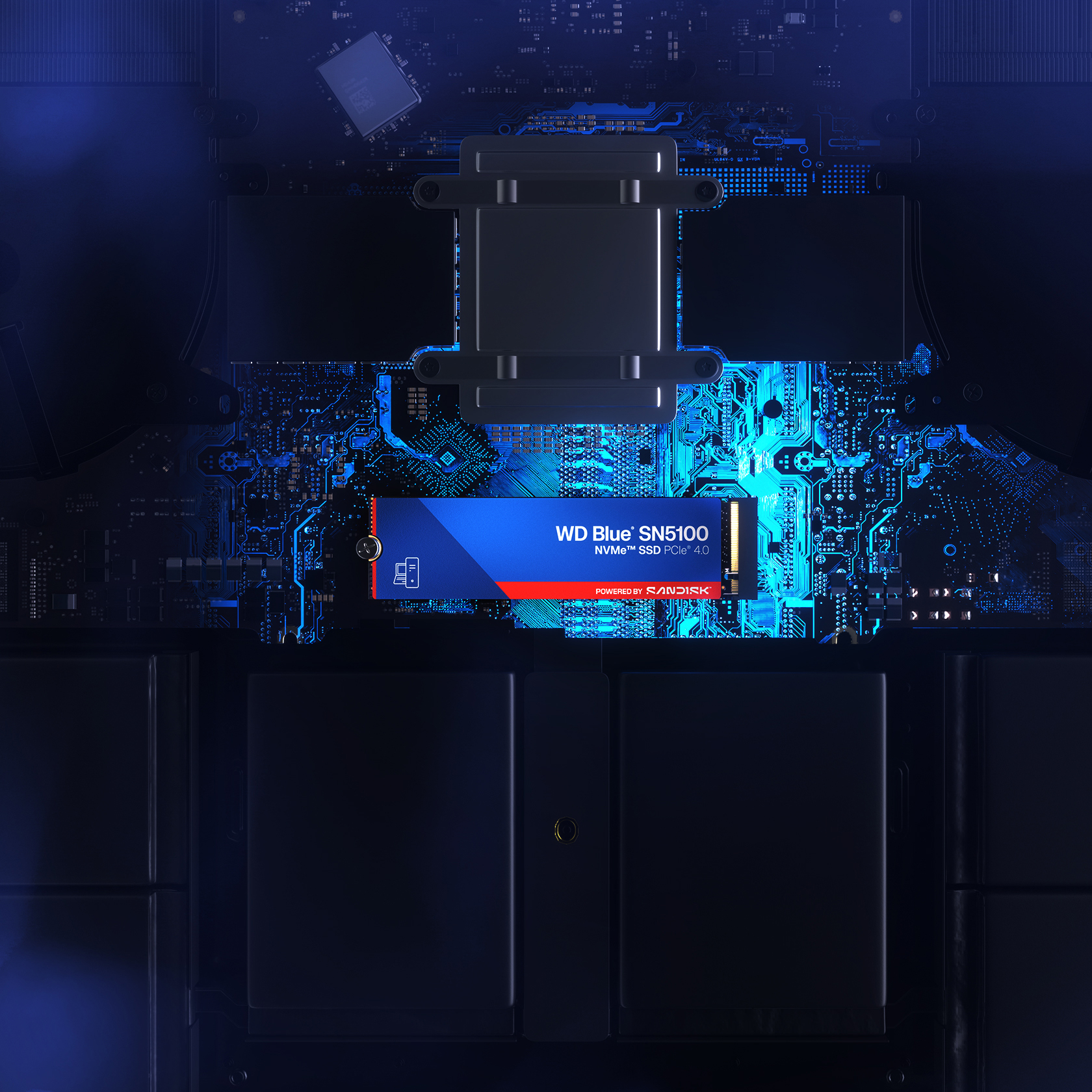
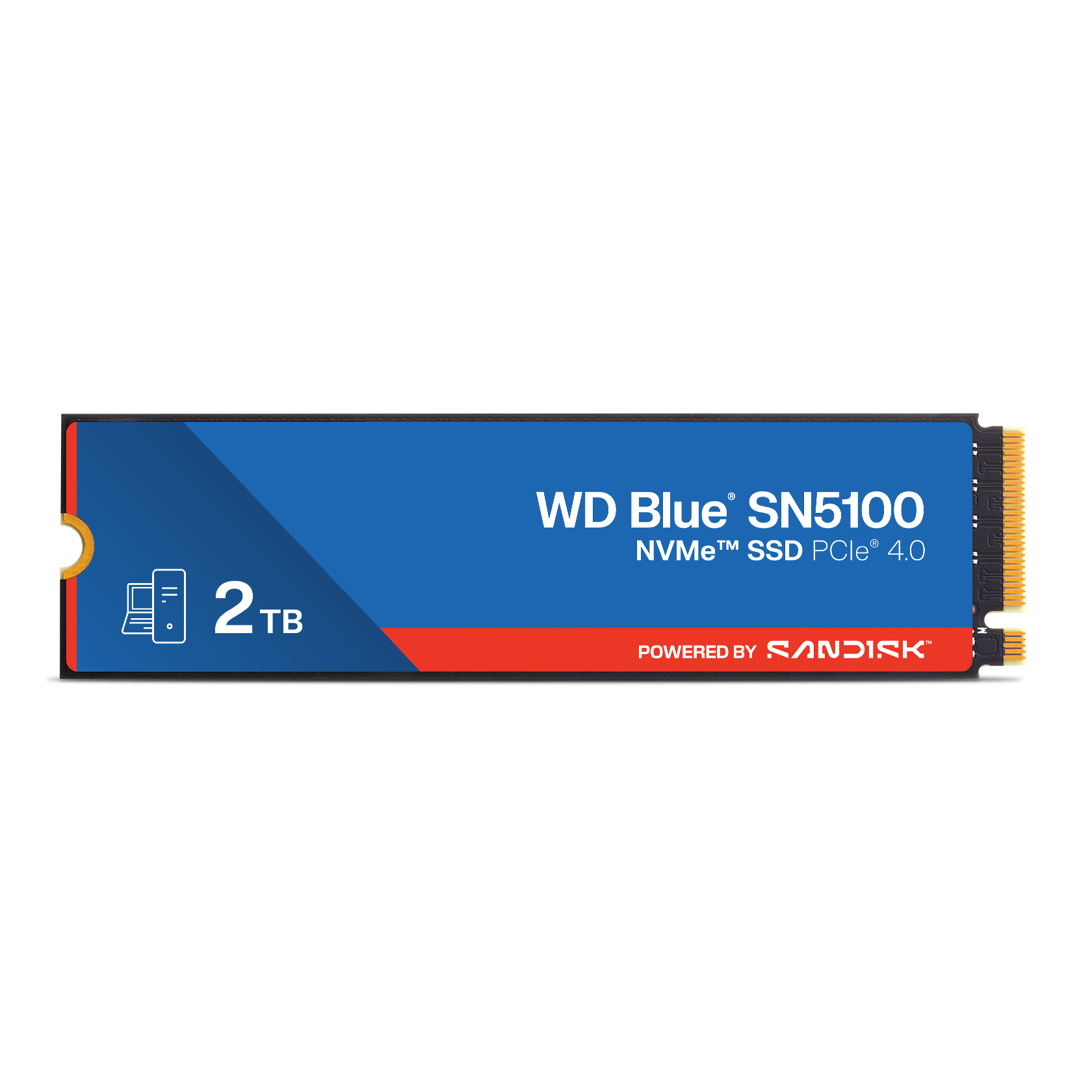
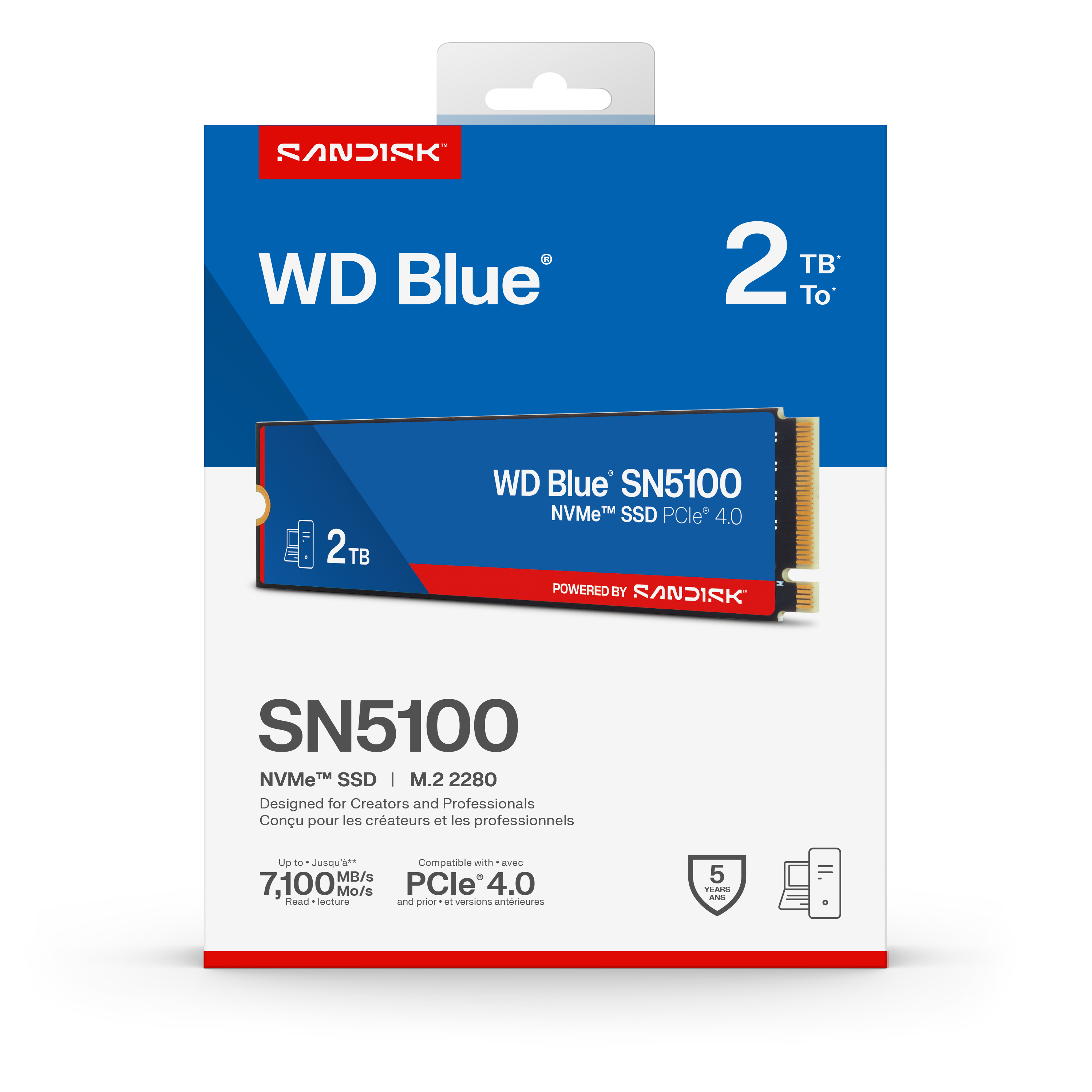
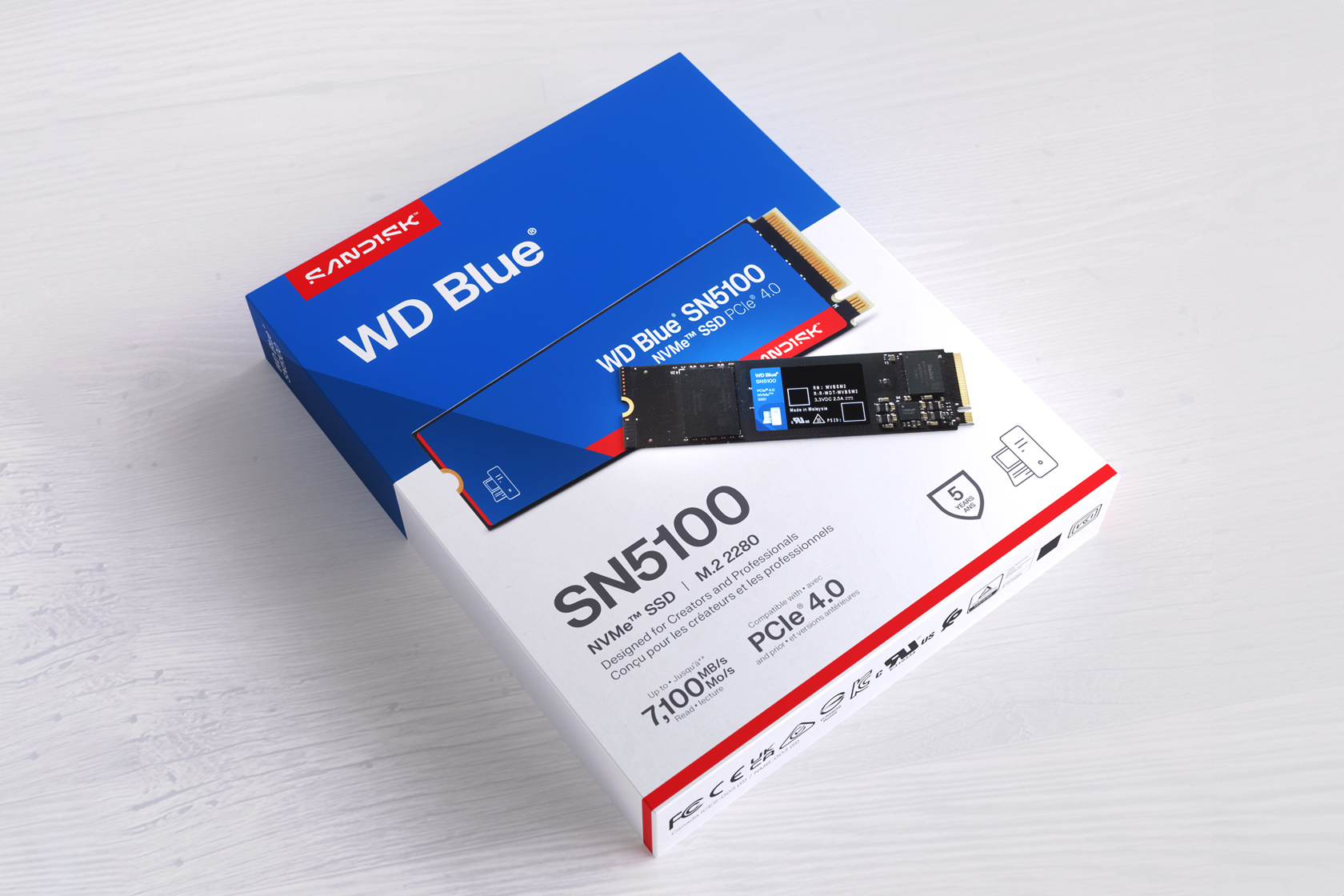
Endurance on the SN5100 hasn't improved compared to the SN5000. The new model is still rated for 300TBW on the 500GB model, 600TB on the 1TB model, 900TBW on the 2TB model, and 1,200TBW on the 4TB model.
Get Tom's Hardware's best news and in-depth reviews, straight to your inbox.
The SN5100 500GB and 1TB will retail for $54.99 and $79.99, respectively, representing increases of 22% and 23% compared to the SN5000 500GB and 1TB. Meanwhile, the SN5100 1TB and 2TB models will cost $149.99 and $299.99, respectively. When compared to the SN5000 counterparts, we're looking at a 27% price increase for the 2TB drive and an eye-watering 36% price increase for the 4TB SKU.
As usual, Sandisk backs the SN5100 with a limited five-year warranty. The company also includes a copy of the Acronis True Image software, allowing you to easily and quickly migrate your current SSD to the SN5100.
Follow Tom's Hardware on Google News to get our up-to-date news, analysis, and reviews in your feeds. Make sure to click the Follow button.

Zhiye Liu is a news editor, memory reviewer, and SSD tester at Tom’s Hardware. Although he loves everything that’s hardware, he has a soft spot for CPUs, GPUs, and RAM.
-
cyrusfox Reply
WD acquired Sandisk in 2016, WD split its HDD and SSD business recently (Feb 2025), and is going back to the Sandisk name. Sandisk/WD NAND is made in conjunction with Kioxia (Used to be Toshiba before the nuclear disaster ruined the conglomerate).umeng2002_2 said:Wait. Who owns who? Sandisk owns WD or WD sold their SSD division to Sandisk?
It is a lot to take in. Really only Samsung and Micron have seen no changes/acquisitions in the NAND space, everything else is a bit messy -
TCA_ChinChin Reply
Appreciate the explanation.cyrusfox said:WD acquired Sandisk in 2016, WD split its HDD and SSD business recently (Feb 2025), and is going back to the Sandisk name. Sandisk/WD NAND is made in conjunction with Kioxia (Used to be Toshiba before the nuclear disaster ruined the conglomerate).
It is a lot to take in. Really only Samsung and Micron have seen no changes/acquisitions in the NAND space, everything else is a bit messy
The only big brand SSDs I keep track of are Samsung, Micron, and WD. Use all of them depending on price honestly. Hope WD/Sandisk aren't facing too much trouble and this is just finalizing their HDD/SSD split since they have decent products.
Also mistake in the second to last paragraph on the prices for various capacities. The 1TB model and 2TB models are mentioned twice intead of the 2TB and 4TB model the second time around. -
tamalero Is there any reason why the 4TB is slower than the 2TB?Reply
More capacity but less cache? -
cyrusfox Reply
I would say WD/Sandisk branded drives are the best power efficiency drives out there, Hynix used to be competitive (P31 is a great drive). But any of these first party brands are a whole lot more trust worthy than the 3rd party resellers (Corsair, Silicon power, Kingspec, gigabyte, etc...). Respect the controller to nand integration the first party NAND manufacturers have done over someone like Kingston (although I would happily buy and use a Kingston drive, especially compared to kingspec). The reality is though its a mature market, and even the 3rd rate players put out a decent product.TCA_ChinChin said:Appreciate the explanation.
The only big brand SSDs I keep track of are Samsung, Micron, and WD. Use all of them depending on price honestly. Hope WD/Sandisk aren't facing too much trouble and this is just finalizing their HDD/SSD split since they have decent products.
Also mistake in the second to last paragraph on the prices for various capacities. The 1TB model and 2TB models are mentioned twice intead of the 2TB and 4TB model the second time around.